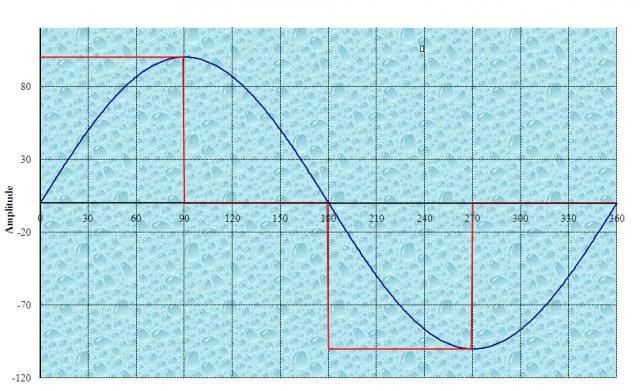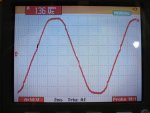If I gave you two waveforms, one with a crest factor of 1 and the other SQRT(3), which do you think is the more distorted?
Which of course leads inexorably to the question of how you measure distortion.

Even if you take a sine wave as the reference standard (crest factor 1.414 = SQRT(2)), how you value different types of distortion.
One standard measure is total harmonic distortion, THD.
The other unavoidable question is what does the waveform you describe with SQRT(3) crest factor look like. There are an infinite number of possibilities.
The only waveform with a crest factor of 1 is a square wave. However, that could be a square wave of any duty cycle if you are willing to allow DC components.
For a 50% duty cycle square wave, THD would be ~44%.
For a triangle wave with duty cycle 50% (the simplest, most familiar waveform with a crest factor of SQRT(3)), THD is ~12%.
And in return for your question, I have another:
If you have two waveforms with crest factor SQRT(2), are they equally perfect or equally distorted sine waves? (I am pretty sure which two examples I am thinking of.)
(BTW, I am allowing a DC component)



